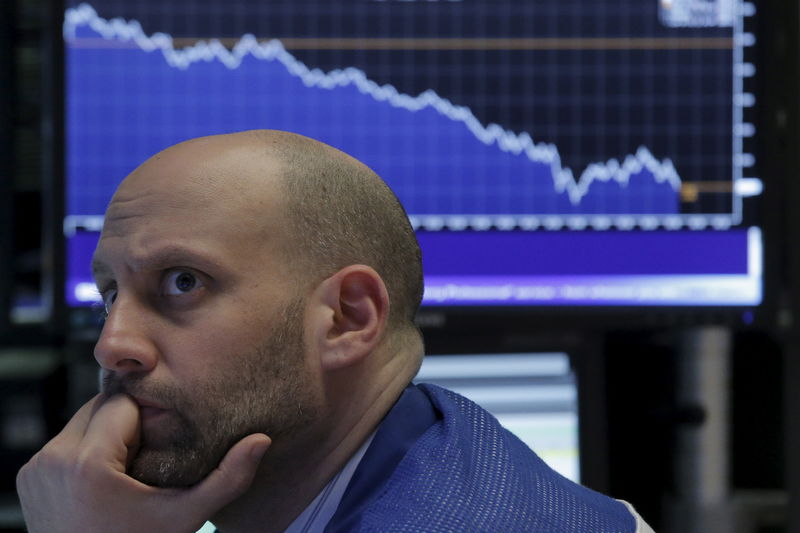This post was originally published on this site
https://i-invdn-com.akamaized.net/news/LYNXNPEC0D0AP_M.jpg © Reuters. Treasuries May Really Get Going If Mortgage Supercharge Turns Up
© Reuters. Treasuries May Really Get Going If Mortgage Supercharge Turns Up(Bloomberg) — A rally in Treasuries that’s driven 10-year yields close to record lows could get an extra shot of adrenaline if mortgage-bond investors are forced to adjust their hedging amid the global shift in interest rates.
The abrupt slide in yields, which came as the coronavirus outbreak spurred a flight to haven assets, may deepen if the market witnesses a resurgence of so-called convexity hedging that helped weigh on rates last year. Such hedging stems from mortgage-debt holders having to adjust their exposure to interest-rate risk as lower borrowing costs spur refinancing. And while that dynamic hasn’t been a significant force in the latest bond-market rally, it may be just over the horizon if yields keep tumbling.
Investors’ response to the shrinking duration of mortgage-backed debt has “clearly not been the dominant driver of the recent rally in rates,” but “likely amplified the more fundamental forces pushing the yield curve downward,” strategists at Goldman Sachs Group Inc (NYSE:). wrote in a note Monday.
“Adverse data” could still translate into a further 20 basis point decline in nominal yields, or even a 35 basis point slide if it combines with a large negative hit to risk sentiment, the strategists wrote. A further decline in mortgage durations would also be likely in such a scenario.
Read more about the recent decoupling of MBS duration and dollar swap spreads
An uptick in expected home-loan refinance rates has already reduced the duration of mortgage-bond indexes, removing about $1.6 trillion worth of 10-year Treasuries in interest-rate risk for MBS investors, Goldman calculates.
A bigger wave of hedging now stands ready to support a deeper Treasuries rally, and traders aren’t taking any risks.
The market moves Monday were matched with compressed dollar swap spreads, suggesting convexity hedging demands are starting to come into play. Long-end swap spreads dropped during the New York session.
Meanwhile, investors spent millions of dollars on options to hedge the 10-year yield dropping as low as 1.10% by the end of the week. Other trades included a $11.7 million bet on yields falling to 1.25% by late March.
The benchmark 10-year note fell as much as 12 basis points Monday to 1.35%, a level unseen since 2016, as markets were roiled globally and countries from Italy to South Korea grappled with how to contain the coronavirus outbreak. The yield’s record low, of about 1.32%, came in July 2016.
“We’re having the start of a violent and climactic move to lower rates as short positions are covered, which is probably going to get more climactic as we learn about the coronavirus in China and other parts of Asia, ” said Tom di Galoma, managing director of government trading and strategy at Seaport Global.
(Updates prices, adds comments)
Fusion Media or anyone involved with Fusion Media will not accept any liability for loss or damage as a result of reliance on the information including data, quotes, charts and buy/sell signals contained within this website. Please be fully informed regarding the risks and costs associated with trading the financial markets, it is one of the riskiest investment forms possible.

